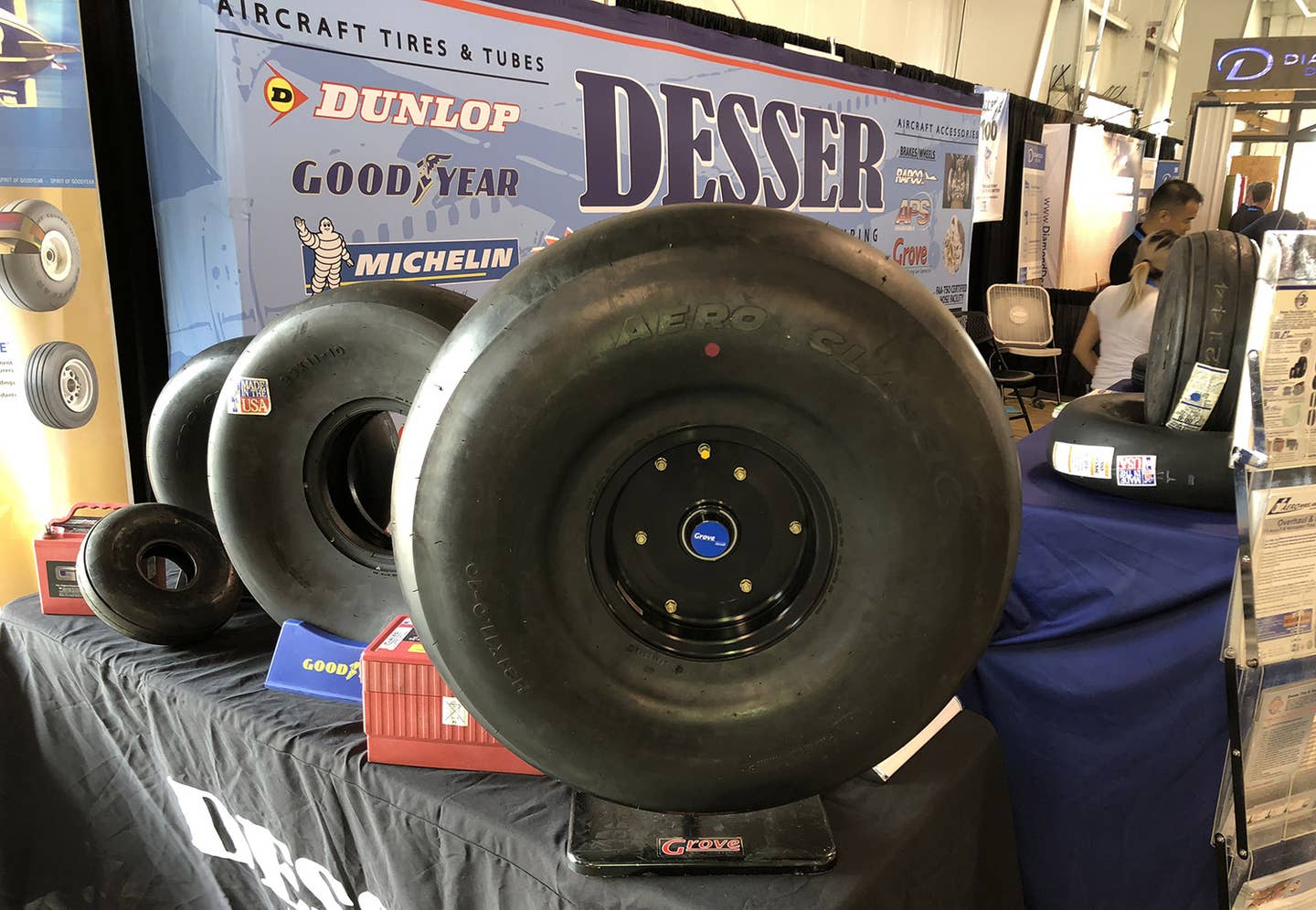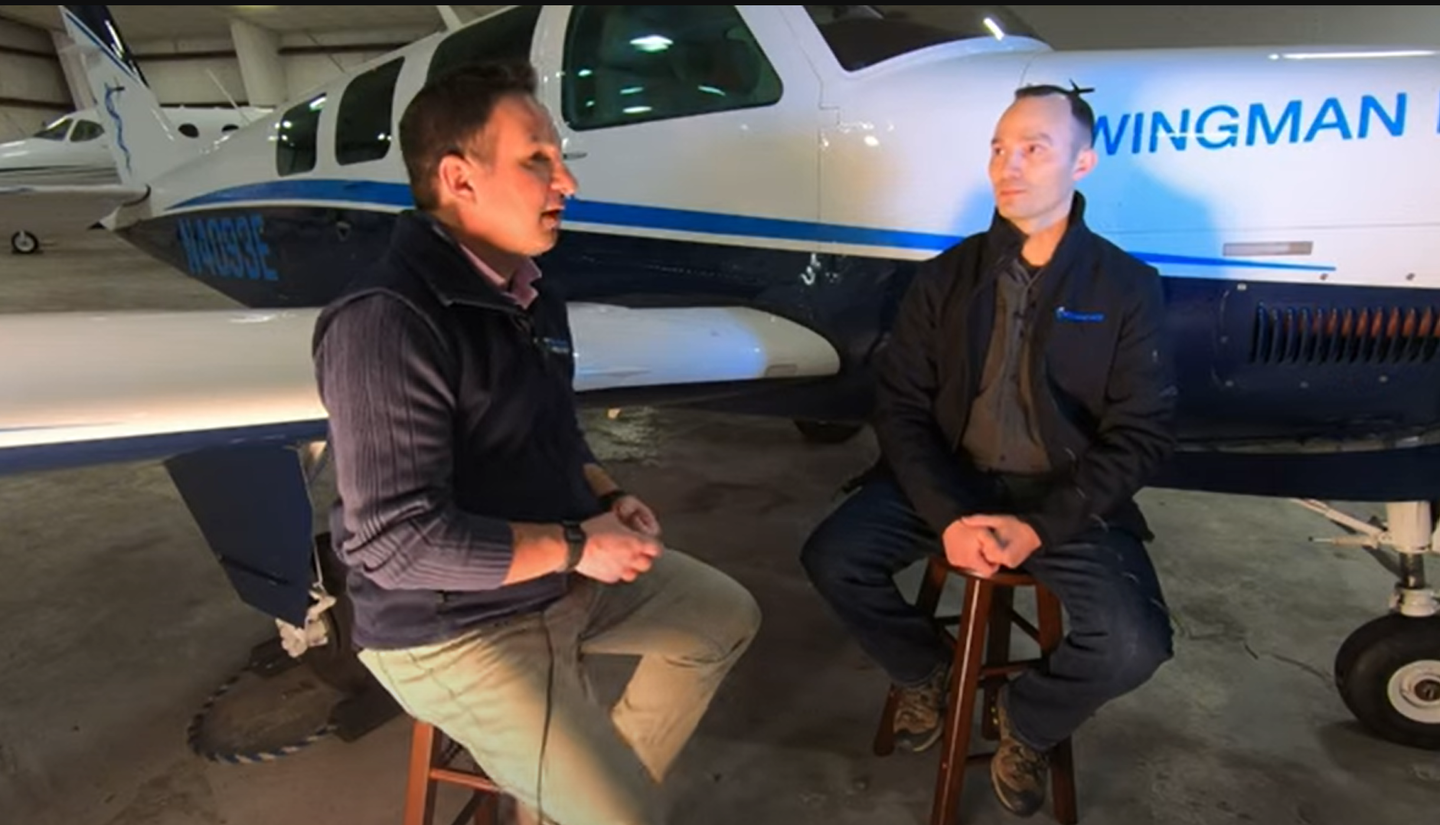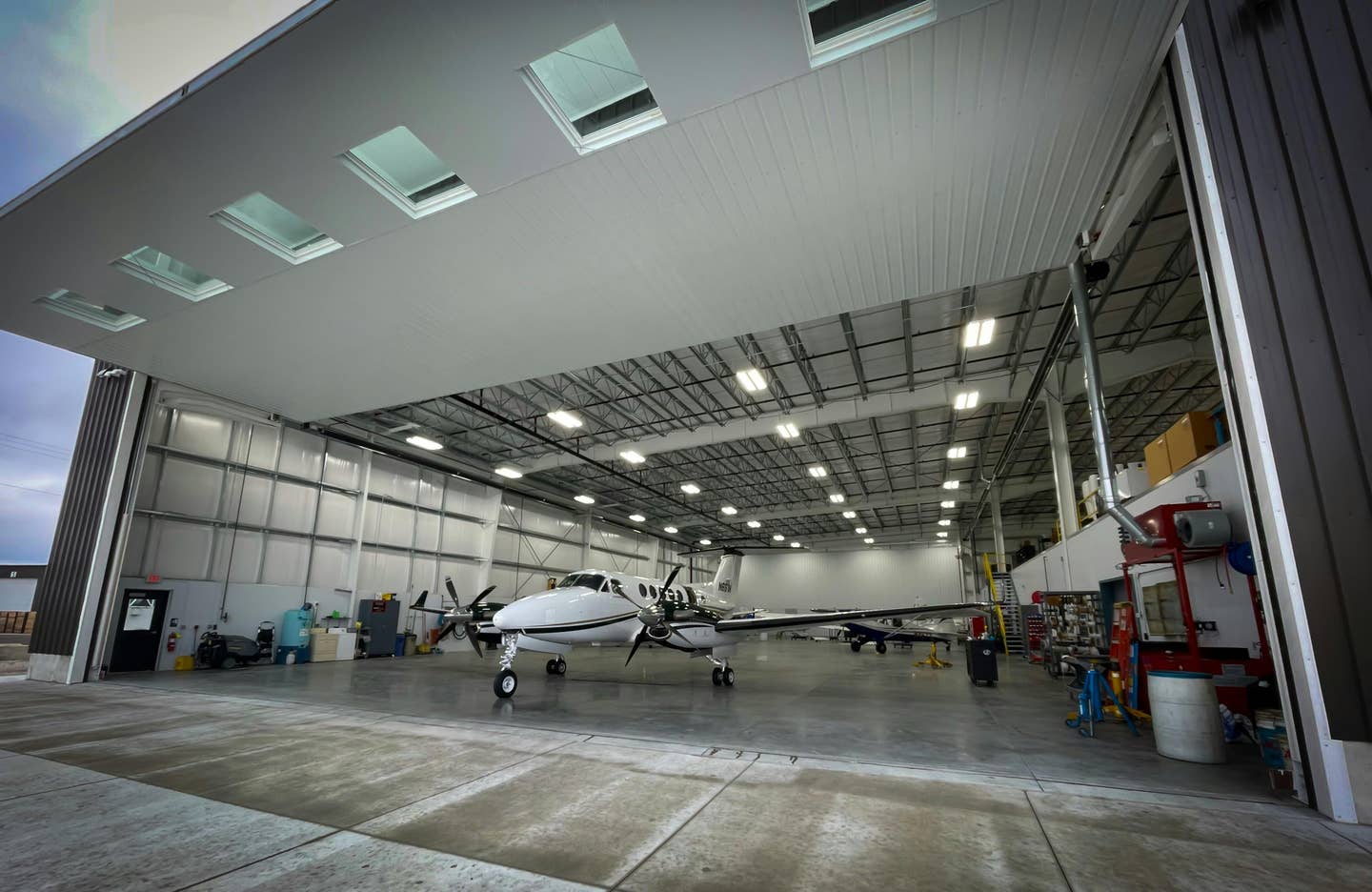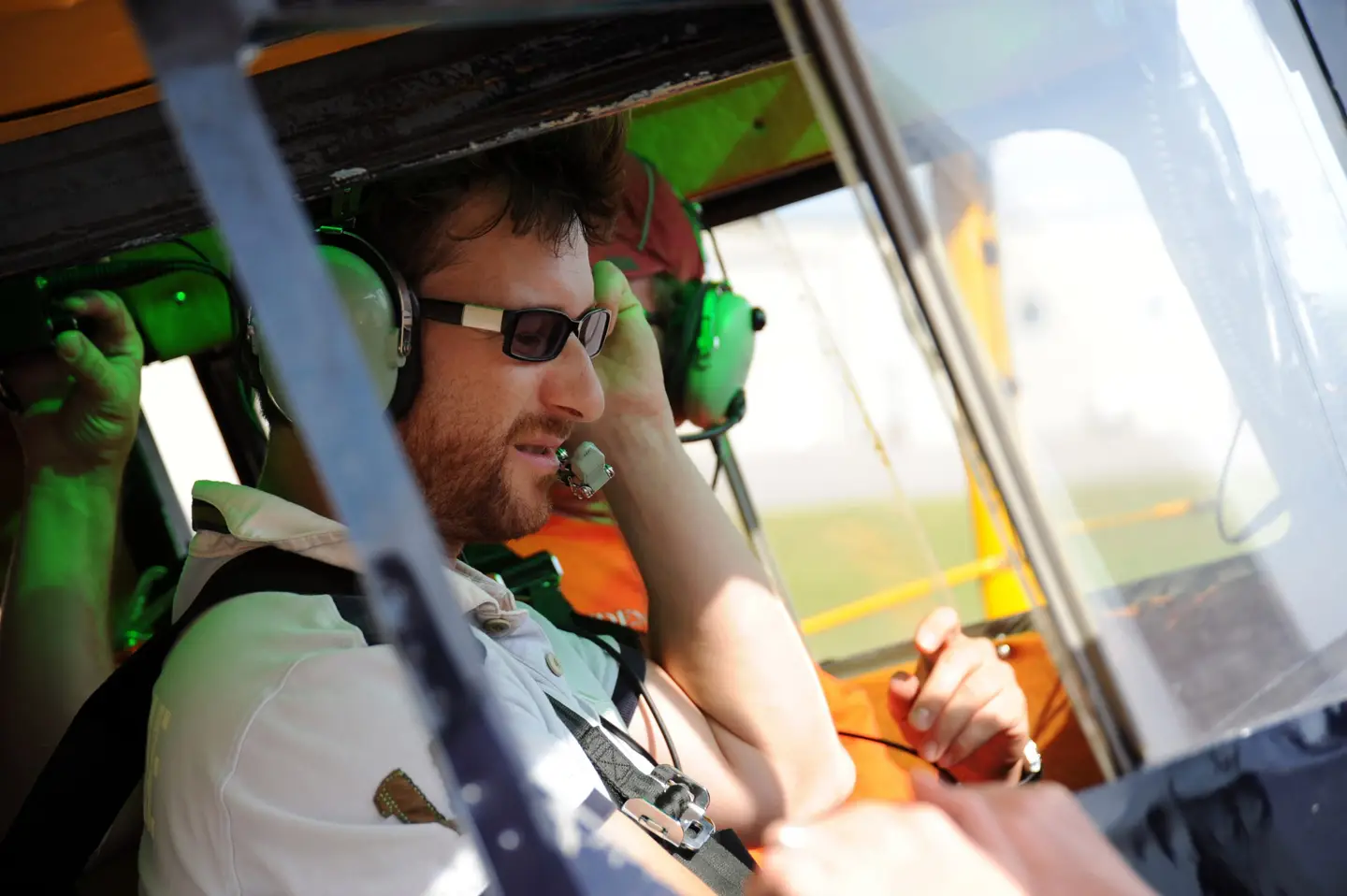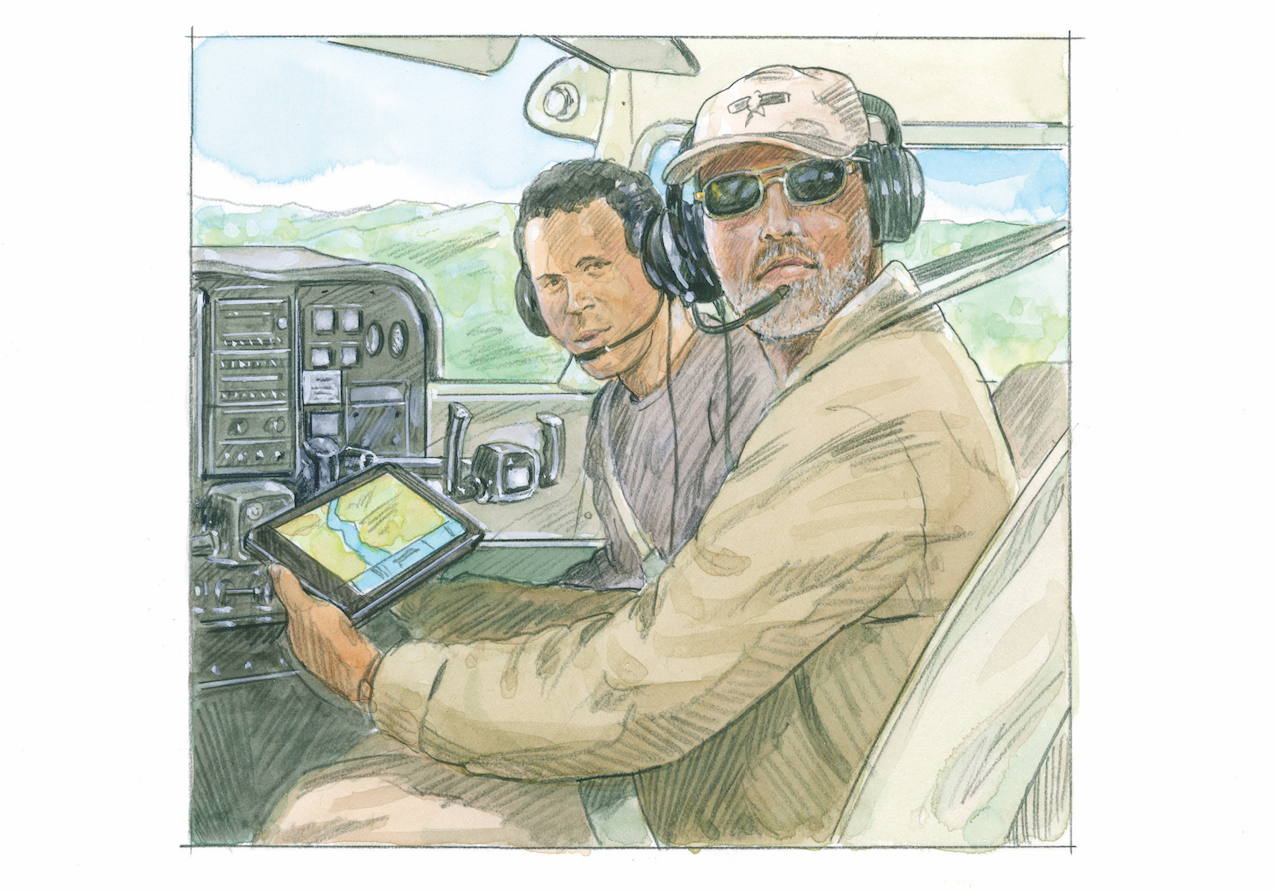The Gulfstream Gust Lock Crash
Being doubly sure before trying to take off can save your life
I shook my head in disbelief while reading the NTSB's report on the May 31, 2014, nighttime accident involving a Gulfstream G-IV at Hanscom Field (BED) in Bedford, Mass., which was released a couple of months ago. How could the experienced, professional flight crew of the modern twin-engine jet try to take off with locked controls? Sounded impossible to me, but that's what the Safety Board said happened. The airplane overran the end of runway 11, crossed a grassy area, hit approach lights and a localizer antenna, passed through the airport's perimeter fence and finally stopped in a ravine, bursting into flames. Both pilots, a flight attendant and four passengers were killed.
Perhaps one reason I was taken aback by what investigators found was that I'm so committed to a "belt and suspenders" approach when it comes to ensuring unlocked controls before flight. I'm not satisfied until I've double-checked, and I can't imagine why other pilots wouldn't feel the same way. The "belt" part comes after initially opening the door of the Piper Cherokee I usually fly. I reach in and remove the bright-red control lock from the left-side yoke's shaft and place it in the left sidewall pocket. Still on the wing walk, I use the right yoke to cycle the controls left and right, and forward and back, observing the control surfaces to be sure everything is moving smoothly, fully and in the proper directions. The "suspenders" part comes as part of the run-up before takeoff. When I come to the checklist item "controls free," I again cycle them through the full extent of travel, and observe what's happening outside.
The G-IV pilots were supposed to have "belt and suspenders" protection against operating with locked controls, but didn't because of a mechanical issue and their own failures to follow basic procedures.
The G-IV has a mechanical gust lock system used to lock the elevators, ailerons and rudder while the airplane is parked. There's a red handle on the center console. You move it from the "on" position down to the "off" position. Granted, a red handle may not be as obvious at night under dim cockpit lighting as it would be in the daytime, but with any time at all in the aircraft type, you should know it's there. The system is designed with a feature that mechanically restricts movement of the throttle levers when the controls are locked. The idea is that if you neglect to release the gust lock, you can't move the throttles forward enough to generate significant engine power. Good idea if it works. But, the NTSB found that the G-IV gust lock system on the accident airplane didn't limit throttle travel to six degrees as intended. Throttle movement limited to six degrees would've prevented the engines from producing the amount of thrust needed to generate the speeds seen in the accident. In fact, when investigators looked at some other G-IV airplanes in service, they found a design issue allowing the throttles to be moved three to four times farther forward. Compounding the issue was that the autothrottle system could kick in to make the engines keep producing higher power.
So, why didn't the pilots realize that the control lock was still engaged when they ran all of the checklists associated with getting a G-IV off the ground? Simple: they never ran the checklists, according to what the NTSB found. Nothing on the flight data recorder (FDR) or cockpit voice recorder (CVR) revealed the pilots running challenge-and-response checklists or cycling the controls as you'd expect. The checklist for starting the engines includes an item calling for the gust lock to be disengaged. The "After Starting Engines" checklist calls for one of the pilots to move the elevators and ailerons, and rudder their full travel to confirm they move freely and correctly. Data from previous flights showed that the flight crew neglected to perform complete flight control checks before 98% of their previous 175 takeoffs in the airplane. The Safety Board characterized this as "...intentional, habitual noncompliance with standard operating procedures."
The G-IV was based at New Castle Airport, Wilmington, Dela. About 1:25 on the afternoon of the accident, the airplane took off from Wilmington headed for Atlantic City, N.J. The passengers boarded there, and the airplane then flew to BED. The airplane landed at BED about 3:44 p.m., and was parked on the ramp at one of the airport's fixed-base operators. The passengers left the airport to attend a charity event. The crew stayed at the airport.
About 9:28 p.m., the passengers returned and boarded for the flight back to Atlantic City. The captain would be the flying pilot. According to sounds on the CVR, engine start was at about 9:30. At about 9:31, the flight crew listened to ATIS Juliet, which reported the wind from 330 degrees at three knots, the visibility 10 miles and no clouds. They contacted Hanscom Field ground control, and were cleared to taxi to runway 11 at 9:32. At about 9:33, the airplane began taxiing to runway 11. The Hanscom Tower local controller cleared the flight for takeoff at 9:38:34.
At 9:39:21, as the airplane was turning onto the runway, the CVR recorded the captain referring to a warning message, "...rudder limit light is on." The first officer responds, "What's that?" The captain replies, "The rudder limit light is on." The first officer asks, "Are you using your rudders?" The captain says, "No," and the first officer responds, "Huh." The message "RUDDER LIMIT" lights up in blue on the panel when the rudder actuator's load limiter valve has been activated. This happens when the rudder contacts its stops at the end of maximum travel or if the rudder is prevented from reaching its commanded position. With the gust lock still engaged, the rudder would be prevented from reaching any position. The pilots didn't recognize the hidden significance of that message, and didn't stop everything to try to figure out what was going on.
Now, the sequence of events was leading toward disaster, although the pilots didn't know they were headed that way. Keep in mind that throttle travel is supposed to be limited when the gust lock is "on," making it impossible for the airplane to be accelerated to a fast-enough speed for takeoff. Instead, the system allowed the power to get high enough to accelerate the G-IV to 162 knots---plenty fast for takeoff, but with the controls locked, that wasn't going to happen. Here's the NTSB's blow-by-blow.
According to FDR data, at 9:39:34, the brakes were released, and the throttle levers were advanced manually. The left and right engine pressure ratios (EPR) increased over a period of about four seconds, but then stopped increasing. EPR measures the amount of thrust being produced by a jet engine. When you divide the turbine discharge pressure by the compressor inlet pressure, you get the EPR. As designed, with the control lock engaged, movement of the throttle levers should have been restricted to 6 degrees, not enough to generate a lot of power. But, the throttles went further forward. After five seconds, the autothrottle was engaged and the EPRs began to increase again, further defeating the notion of constraining power when the controls are locked. As the airplane reached 60 knots, the EPRs got as high as they'd get during the takeoff roll: about 1.6. The EPRs then dropped to about 1.53 and stabilized.
According to the CVR transcript, at about 9:39:51, the second officer said, "eighty," indicating that the airplane had reached a speed of 80 knots. At about 9:39:57, he said, "V-1," indicating that the airplane had reached the takeoff decision speed, and 1.4 seconds later said, "rotate," the cue for the captain to pull back on the yoke. One second later, the captain said, "(unidentified word) lock is on." The captain repeats this six times during the next 12.7 seconds. The NTSB found evidence that about the time that the airplane reached 150 knots, one of the pilots activated the flight power shutoff valve handle likely in a failed attempt to unlock the flight controls. An attempt to unlock them using the control lock lever would have been thwarted by the high air loads as the airplane sped along.
At 9:40:10, about 11 seconds after the "rotate" call, the airplane was moving at a ground speed of about 162 knots. There were about 1,373 feet of runway remaining. The FDR reveals the left and right brake pressures beginning to increase, indicating that the crew was trying to reject the takeoff and stop the airplane. Four seconds later the, throttles were pulled back. The CVR didn't record any conversation between the pilots regarding rejecting the takeoff. At about 9:40:14, the captain said, "I can't stop it." A second later, the airplane ran onto the paved overrun area at a ground speed of about 151 knots, as the thrust reversers were deployed. Data on the FDR ended when the airplane had slowed to about 90 knots. The airplane came to a stop 849 feet beyond the end of the paved runway overrun.
As soon as the two air traffic controllers on duty in the tower saw the airplane go off the runway, they began accident notification procedures.
The 45-year-old captain held an ATP certificate with a multi-engine rating and type ratings for various jets. His logbook wasn't located, but he had reported 11,250 total hours during an FAA medical exam in April 2014.
The first officer, age 61, also held an ATP certificate, also with jet type ratings. He had logged 18,200 hours of flight time as pilot-in-command and 2,800 hours in G-IV airplanes.
According to the accident airplane's flight logs, these pilots had flown it together on almost 85% of the flights in 2013 and all of the flights in 2014.
Investigators looked at the FAA's certification standard applicable to the G-IV's gust lock system. The requirement states, in part, that there must be a device to prevent damage to the control surfaces and control tabs and to the control system, from wind gusts. If the lock prevents normal operation of the control surfaces by the pilot, it must automatically disengage when the pilot operates the primary flight controls in a normal manner, or limit the operation of the airplane so that the pilot receives unmistakable warning at the start of takeoff.
NTSB studies of airplane performance determined that if the pilots had initiated a rejected takeoff the moment the captain first stated, "Lock is on," the airplane likely could have been stopped before it ran onto the grass. The Safety Board found that the pilots delayed rejecting the takeoff for about 10 seconds, and delayed four more seconds between brake application and power reduction. It said this made the accident unavoidable. It would have been helpful to our understanding if they identified a definitive reason for the delay. If a cockpit video camera system had been installed, we might know more about the pilots' reactions or lack thereof, and who was pushing or pulling which lever.
Investigators were told by a pilot who had previously flown the G-IV airplane that the captain had memorized the G-IV checklists and that he didn't normally ask for the checklists to be completed in the challenge-and-response format typically used among professional flight crews. The NTSB noted that executing checklists by memory removes many of their benefits and leaves a crew more susceptible to error.
The NTSB determined that the probable cause of this accident was the pilots' failure to perform the flight control check before takeoff, their attempt to take off with the gust lock system engaged, and their delayed execution of a rejected takeoff after they became aware that the controls were locked. Contributing to the accident were their habitual noncompliance with checklists, Gulfstream's failure to ensure that the G-IV gust lock/throttle lever interlock system would prevent an attempted takeoff with the gust lock engaged, and the FAA's failure to detect this inadequacy during the G-IV's certification.
Peter Katz is editor and publisher of NTSB Reporter, an independent monthly update on aircraft accident investigations and other news concerning the National Transportation Safety Board. To subscribe, visit www.ntsbreporter.us or write to: NTSB Reporter, Subscription Dept., P.O. Box 831, White Plains, NY 10602-0831.
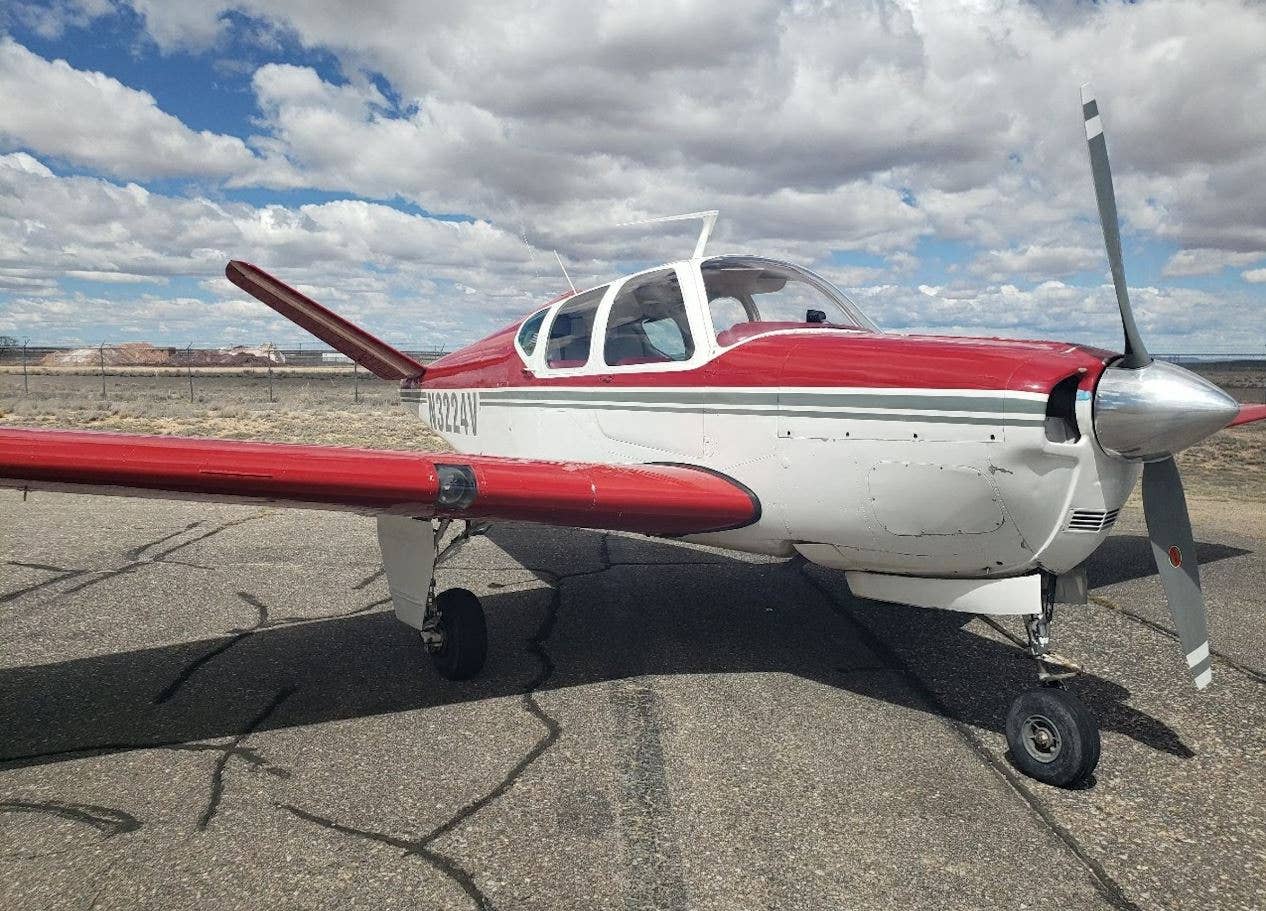
Subscribe to Our Newsletter
Get the latest Plane & Pilot Magazine stories delivered directly to your inbox

